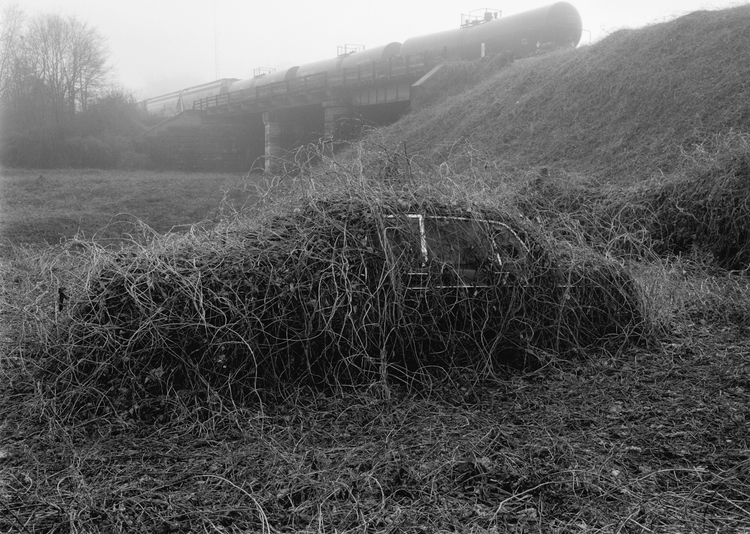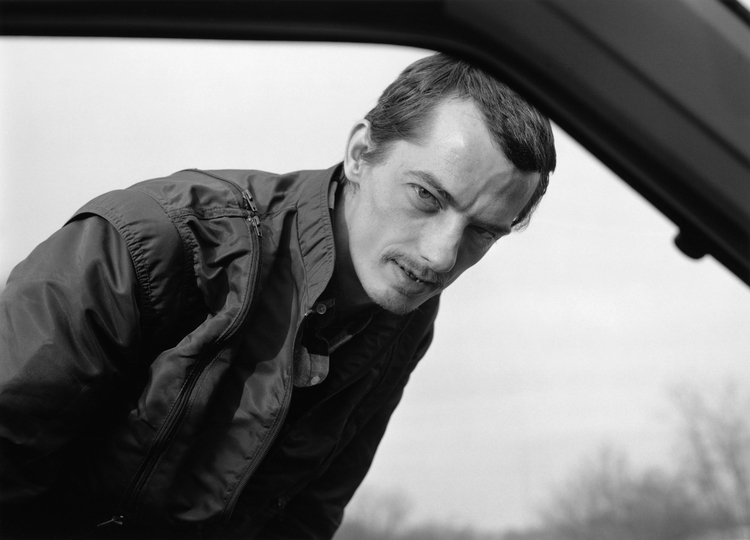No ideas but in things
A couple weeks ago, after reading a short Mark Steinmetz essay on Time’s Lightbox blog, I immediately posted it to the Facebook, with the comment “totally with steinmetz on this one (as shall surprise exactly no one).” The piece is titled “Photography at MoMA: Has Photo-Based Art Become Too Dominant?” – and somewhat inaccurately subtitled “Mark Steinmetz argues MoMA’s recent photographic acquisition practices favor art over traditional imagery,” but this need not concern us too much – and it’s paired contrastingly with Charlotte Cotton’s “Photography at MoMA: Redefining the Medium’s Identity.”
The essays are occasioned by the recent publication of Photography at MoMA: 1960 – Now, a fairly sprawling account of the Museum’s acquisitions of the past 55 years. Before getting to the substance, I’d like to congratulate Lightbox on running the two opposing viewpoints. Paste used to do this with important LPs (maybe they still do) on which members of the editorial staff disagreed, and I almost always felt that I came away with a much more nuanced view of the music than any mixed review by a single author ever offered. Also it’s a clever way for a publication to trash substandard work without jeopardizing relationships with artists. But I digress.
Much of the immediate response to the Steinmetz piece focused on MoMA as a collecting institution and a maker of taste and careers; this is fair because the author wondered if “in putting so much emphasis on photo-based art rather than on clear photographs that describe the photographer’s reactions to the world the museum waters down its legacy to too great an extent.” Two general points that I heard in response were quite rightly taken: 1. Under John Szarkowski, the Museum collected a certain kind of relatively-well-defined picture to the exclusion of many other sorts of pictures, and now the other sorts are having their time in the sun; and 2. Anyhow, the collecting history of any one institution is decidedly not the history of the medium. Probably yes, and yes certainly.
But my interests lie outside of institutional concerns, and I enthused on the essay because of its two opening paragraphs:
“So many of the photographs in the newly released Photography at MoMA: 1960 – Now feel like illustrations of ideas. A large number of them interrogate, in one way or another, the medium of photography or the role of mass media representations in society. Fewer might be considered interrogations of the world that we actually live in as it actually looks and fewer still could be considered interrogations of the self.
The selection is tilted towards photographs about thoughts, not feelings; by and large these are photographs that are carriers of ideas.” (italics mine, excepting the book title)
It’s one of the more pleasing aspects of getting older that the concepts you’ve collected and stored over time seem to collide and expand with greater and greater frequency and force. So it didn’t seem terribly too much of a coincidence that I’d experienced something similarly impactful in another context just a few days before, while reading Kristin Hersh’s remarkable book Don’t Suck, Don’t Die: Giving up Vic Chesnutt. Hersh recounts an interview that she and Chesnutt sat for together, in which she said: ““I have no idea what a song is.” The journalist pressed: “None whatsoever?”
Hersh: “Well . . . I know it’s not an idea.”
There’s a whole other essay or ten about “ideas” and making pictures (or songs, or whatever) but I will tip my hand and tell you that I am very solidly in the Hersh camp. As, it seems, was Chesnutt.
Journalist: “You couldn’t have an idea for a song?”
[Hersh]: “You could have an idea for a bad song.”
[Chesnutt]: “She means brains fake you out.”
Indeed, brains will fake you out. Fortunately at least my aging brain recalled that Flannery O’Connor had considered this topic:
“[Most people who think they want to write] want to write about problems, not people; or about abstract issues, not concrete situations. They have an idea, or a feeling, or an overflowing ego, or they want to Be A Writer, or they want to give their wisdom to the world in a simple-enough way for the world to be able to absorb it. In any case, they don’t have a story and they wouldn’t be willing to write it if they did; and in the absence of a story, they set out to find a theory or a formula or a technique . . . Now none of this is to say that when you write a story, you are supposed to forget or give up any moral position that you hold. Your beliefs will be the light by which you see, but they will not be what you see and they will not be a substitute for seeing.”
If that last italics-mine sentence doesn’t kill you enough, the next few are disconcertingly appropriate to the making of photographs:
“. . . [E]verything has its testing point in the eye, and the eye is an organ that eventually involves the whole personality, and as much of the world as can be got into it. It involves judgment. Judgment is something that begins in the act of vision, and when it does not, or when it becomes separated from vision, then a confusion exists in the mind which transfers itself to the story.”
Steinmetz says in his essay that “The ability to see beauty where others do not has taken a back seat to other concerns” and for me it’s easy to take this general statement and relate it specifically to Steinmetz the photographer, for whom I think beauty and the sort of judgment that O’Connor is getting at are practically one and the same. This ability to collapse beauty and judgment is exceedingly rare (and possibly becoming devalued, which is yet another essay altogether), and that’s why – with Steinmetz uniquely as its author – I saw the Lightbox piece as something different from an institutional critique, and bigger: a plea for us to do better as makers and viewers and thinkers. The same way Hersh and Chesnutt wished for something more, of themselves and others.
“Songs will fuck. You. Up.” says Chesnutt. Pictures better damned well do the same.


